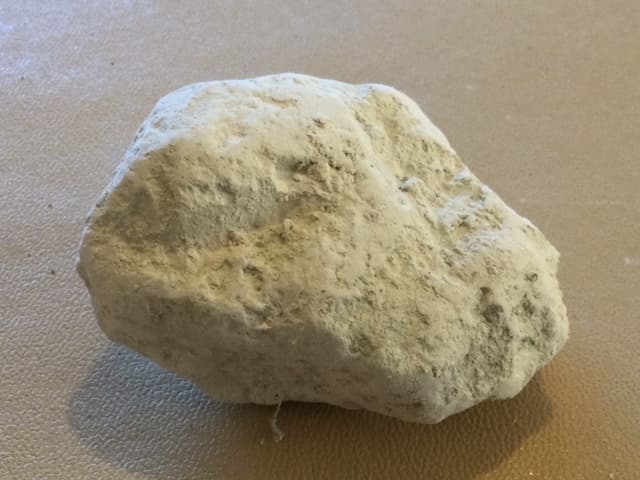Myths about teaching can hold you back
- Year 2
Changing shape: review
I can find out how the shapes of solid objects made from some materials can be changed.
- Year 2
Changing shape: review
I can find out how the shapes of solid objects made from some materials can be changed.
These resources will be removed by end of Summer Term 2025.
Switch to our new teaching resources now - designed by teachers and leading subject experts, and tested in classrooms.
These resources were created for remote use during the pandemic and are not designed for classroom teaching.
Lesson details
Key learning points
- Squashing, bending, twisting and stretching are ways in which some shapes of objects can be changed.
- The results of a test can show what happens when objects are squashed, bent, twisted and stretched.
- Some objects are made from materials whose shape cannot be changed when squashed, bent, twisted or stretched.
- Some materials do not change back to their original shape on their own after being squashed, bent, twisted or stretched.
Keywords
Material - A material is what an object is made from. An object can be made from more than one material.
Change - If something changes it does not stay the same.
Shape - A shape is the outline or form of something.
Results - The results of a test are what happened or what was found out.
Original - When something is original, it is the first one.
Common misconception
Pupils may think that all objects that can be squashed, bent, twisted or stretched will return to their previous shape.
Opportunities to explore the impact of squashing, bending, twisting and stretching different materials.
To help you plan your year 2 science lesson on: Changing shape: review, download all teaching resources for free and adapt to suit your pupils' needs...
To help you plan your year 2 science lesson on: Changing shape: review, download all teaching resources for free and adapt to suit your pupils' needs.
The starter quiz will activate and check your pupils' prior knowledge, with versions available both with and without answers in PDF format.
We use learning cycles to break down learning into key concepts or ideas linked to the learning outcome. Each learning cycle features explanations with checks for understanding and practice tasks with feedback. All of this is found in our slide decks, ready for you to download and edit. The practice tasks are also available as printable worksheets and some lessons have additional materials with extra material you might need for teaching the lesson.
The assessment exit quiz will test your pupils' understanding of the key learning points.
Our video is a tool for planning, showing how other teachers might teach the lesson, offering helpful tips, modelled explanations and inspiration for your own delivery in the classroom. Plus, you can set it as homework or revision for pupils and keep their learning on track by sharing an online pupil version of this lesson.
Explore more key stage 1 science lessons from the Uses of everyday materials unit, dive into the full primary science curriculum, or learn more about lesson planning.

Equipment
Different materials to test, e.g. a rock, a sponge, a sock, dough, paper, a rubber glove. Ensure you have a variety of materials, including some that keep their new shape after being tested.
Content guidance
- Exploration of objects
Supervision
Adult supervision recommended
Licence
Prior knowledge starter quiz
6 Questions
Q1.What do we do when we squash materials?

Q2.Which of these photographs shows dough that has been bent?



Q3.True or false? When we twist something, we hold each end and turn it in opposite directions.

Q4.When we stretch something, we pull it to make it .

Q5.Which of these materials can be stretched?



Q6.How do scientists test materials to see if they change shape?
Assessment exit quiz
6 Questions
Q1.Which of these are ways of changing the shape of materials?
Q2.Which of these materials has been bent?



Q3.How can we find out which materials can change shape?
Q4.Which of these shows a material whose shape cannot be changed by squashing, bending, twisting or stretching?



Q5.What happens when a material changes shape?
Q6.Which of these materials go back to their original shape after they have been stretched?





